
Natural variability can not explain modern global warming, as Heartland Institute report claims
Claim:
Neither the rate nor the magnitude of the reported late twentieth century surface warming (1979–2000) lay outside normal natural variability.
Latest in

Claim:
Neither the rate nor the magnitude of the reported late twentieth century surface warming (1979–2000) lay outside normal natural variability.
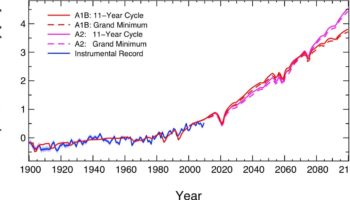
Claim:
Forward projections of solar cyclicity imply the next few decades may be marked by global cooling rather than warming, despite continuing CO2 emissions.
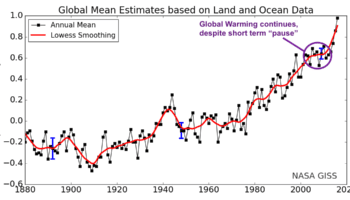
Claim:
global warming ceased around the end of the twentieth century and was followed (since 1997) by 19 years of stable temperature

Claim:
Increases in atmospheric CO2 followed increases in temperature. Therefore, CO2 levels could not have forced temperatures to rise.
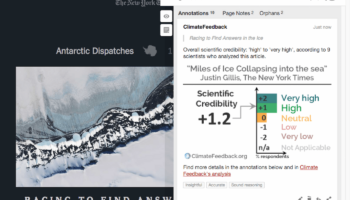
“Generally scientifically sound, but caution should be displayed before basing discussion solely on a single modeling study, especially when it incorporates fundamentally different processes relative to other contemporary models.”

Claim:
[climate models] systematically over-estimate the sensitivity of climate to carbon dioxide ... and modelers exclude forcings and feedbacks that run counter to their mission
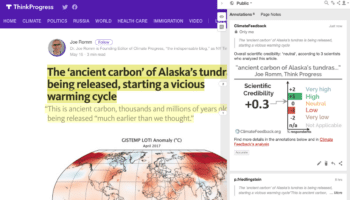
“The writing is a bit over the top, but factually correct in general. The main weakness is in linking the solidly evidence-based observed changes from the Commane et al paper with much more speculative links such as the Siberian methane bubbles.”

Claim:
Melting of Arctic sea ice and polar icecaps is not occurring at ‘unnatural’ rates and does not constitute evidence of a human impact on the climate.
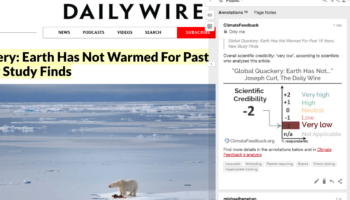
“The article contains little to no rational treatment of observational data, but relies on heavily biased secondhand interpretation… Even the title is based on a lie. There is no ‘study’ that finds static temperatures for 19-years. This article is based on a newspaper article that makes this false statement based in turn on a blog post…”
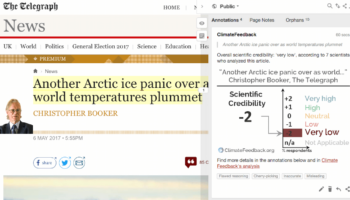
“This article suffers from a common error in reasoning. The author focuses on individual “snapshots” of the state of the climate while ignoring the long-term trends. Those trends occur over many decades and must be observed/considered over those time scales.”